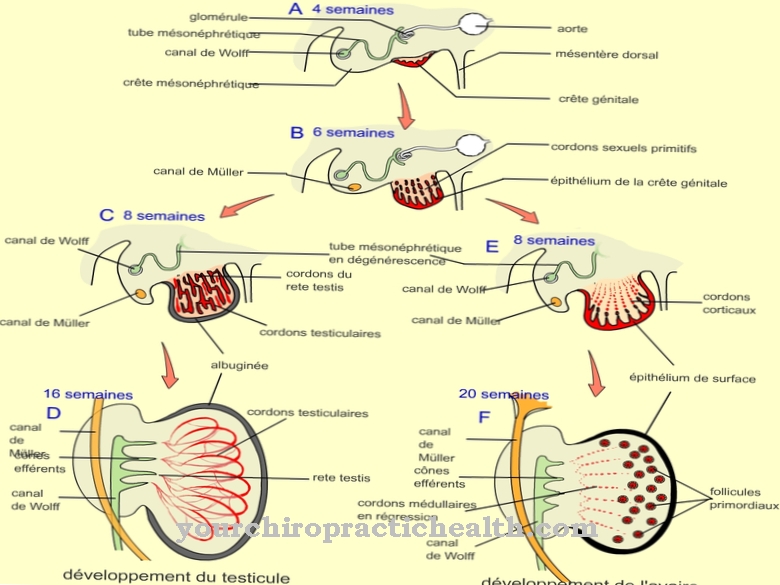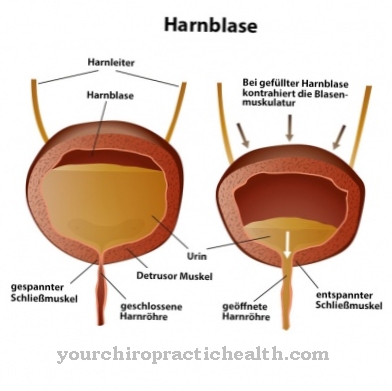Madder is one of the oldest dye plants in the world. It has been used as a medicinal plant for just as long. In the meantime, it is only used in the health sector in homeopathic preparation, as some ingredients are considered carcinogenic.
Occurrence and cultivation of madder

The madder madder is a deciduous, perennial herb plant and reaches a height of 50 centimeters to one meter. The roots are reddish and widely branched. The plant forms backward-facing hairs called trichomes on the leaves and edges of the stem. So these places are very rough. Furthermore, the square stem spreads very strongly and thus has a better hold.
The leaves have a short stem, measure 3 to 11 centimeters in length, and are elliptical to lance-like in shape. The flowering period includes the months of June, July and August. The small flowers are yellow in color and funnel-shaped. The madder was originally distributed in the eastern Mediterranean region and the Middle East. In Central and Western Europe, wild offshoots formed from the cultivated plant.
The plant itself prefers warm locations and is found in fields, vineyards, rubble areas and on sunny roadsides. The madder plant smells like wormwood and has a pungent taste.
Effect & application
The madder has been used primarily as a dye plant since ancient times. In all of Central Europe and the Mediterranean region, it was used to dye textiles, as the production was simple and inexpensive. Thus the madder developed into one of the most important cultivated plants and advanced to one of the most important commercial goods between Europe and Asia. The root of the plant was used for this. This had to be three years old and was dried in the oven in spring or autumn after the harvest and then crushed.
The red dye alizarin is only created during the drying process. In addition to this dye, the root also contains purpurin and anthraquinone. The staining process was relatively demanding. In later times only the Ottomans and the Indians achieved the desired intense red shade. In Europe, wool was mainly dyed together with alum and stain. The color is lightfast and washable. It was mostly used for Turkish headgear and uniforms.
In connection with various metal oxides or metal salts one could produce the so-called madder lacquer. Madder was used in all artistic techniques. Alizarin madder was also used as a pigment, for example in the manufacture of wallpaper, artists' and printing inks. The dust of the dye should never be inhaled as it has a toxic effect. The contained alizarin irritates eyes and skin.
The madder has been considered a medicinal plant in various folk medicines for centuries. The application took place internally and externally. The roots of the plant were also used here. It contains glycosides, flavonoids, rubichloric acid, citric acid, tannins, pectins and a small amount of fatty oils. The leafed stems, the squeezed juice and the seeds were also used in naturopathy.
The areas of application were diverse. The madder plant was indicated for diseases of the urinary tract - such as bladder and kidney stones -, sciatic pain, gout, osteochondrosis, rickets and anemia. Topical application should help with braiding, grinding and painting. Since 1993 there has been no approval as a medicinal plant in Germany, as some ingredients - such as alizarin and lucidin - are suspected of causing cancer.
Long-term treatment in particular showed the development of liver and kidney tumors in laboratory tests. Therefore, the coloring of consumable foods should not be done either. Children's and baby clothes should not be dyed with madder. The carcinogenic ingredients can become detached from the textile, especially if you sweat. The plant can only be used internally in homeopathic preparation.
Their laxative, astringent and appetite-stimulating effects speak in favor of health benefits. It also promotes the formation of bile secretion, is diuretic and tonic.
Importance for health, treatment & prevention
To keep the human organism healthy or to recover, only homeopathic consumption is possible in Germany. Homeopathy creates a mother tincture from madder for the treatment of anemia, malnutrition, amenorrhea and spleen problems.
In other countries the madder plant is still used for naturopathic purposes. Because of its diuretic effect, plant extracts have been used for diseases of the bladder and kidneys since ancient times. Above all, the bacteria that cause inflammation are flushed out of the urinary tract. The positive effects in the treatment of kidney stones have also been confirmed in recent studies.
Gout patients can also take advantage of the detoxification associated with the diuretic effect and alleviate their suffering. Because gout is caused by the increased accumulation of uric acid crystals and can be dissolved and rinsed out by taking madder.
In the Arab cultural area, madder is also used in obstetrics because it is said to have a uterus-cleaning effect. The menstrual regulating effect of the madder plant could also be used for gynecology.

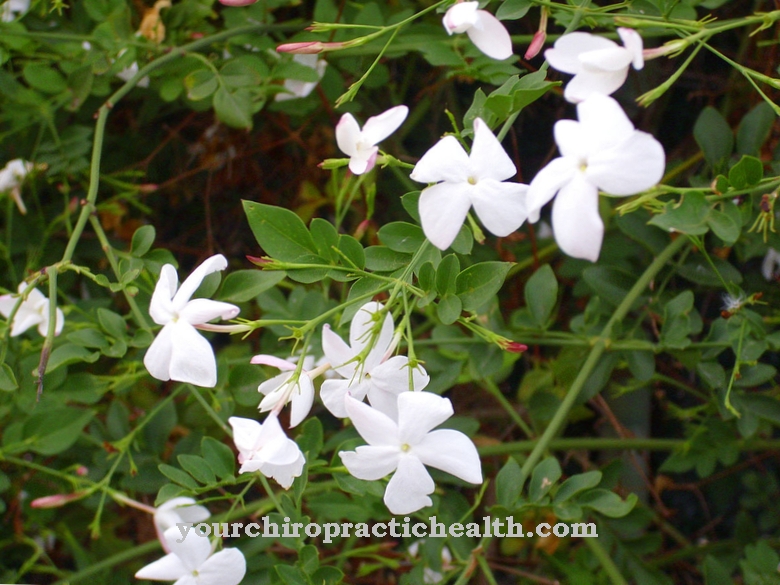
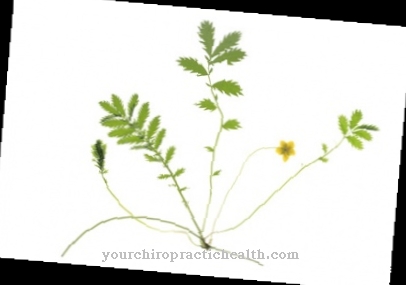
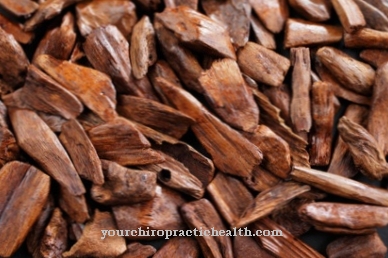
.jpg)










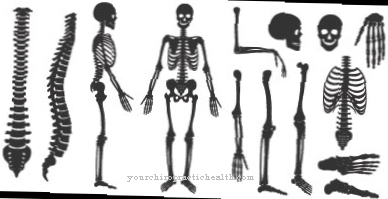
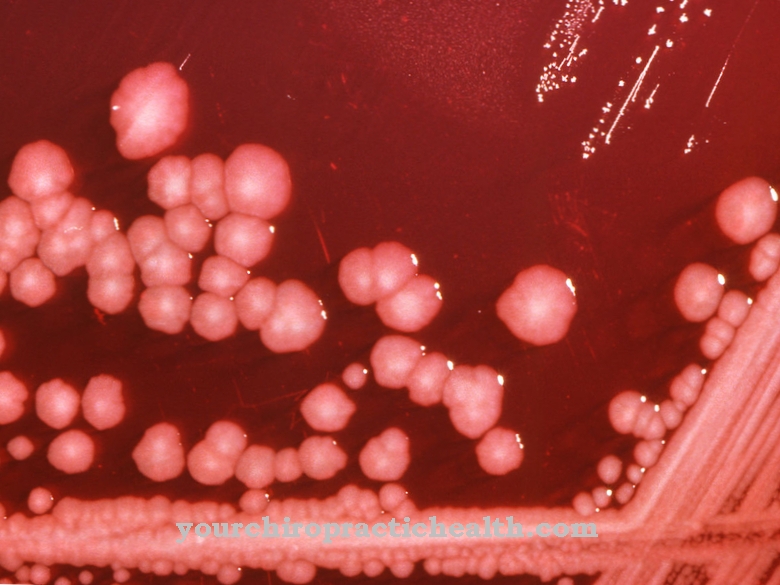
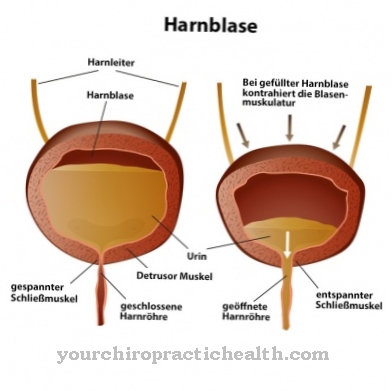

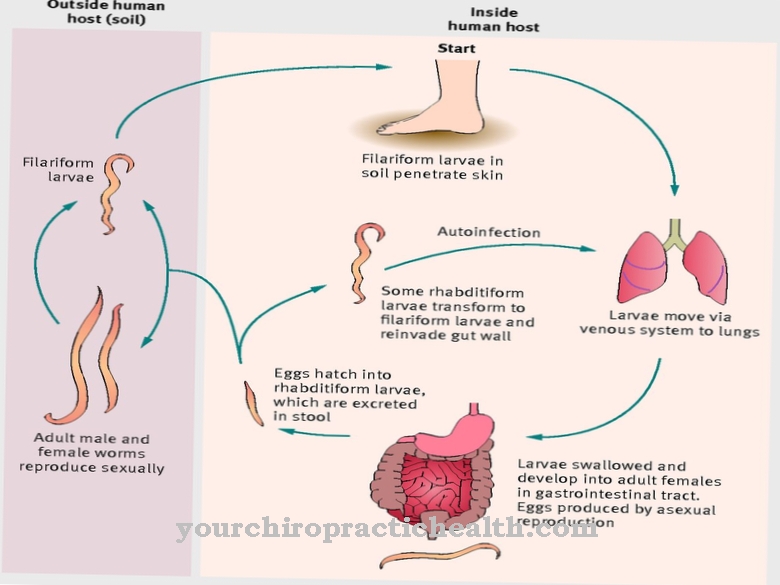


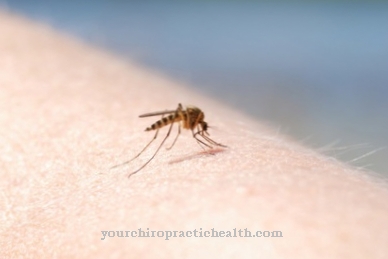
.jpg)

.jpg)
